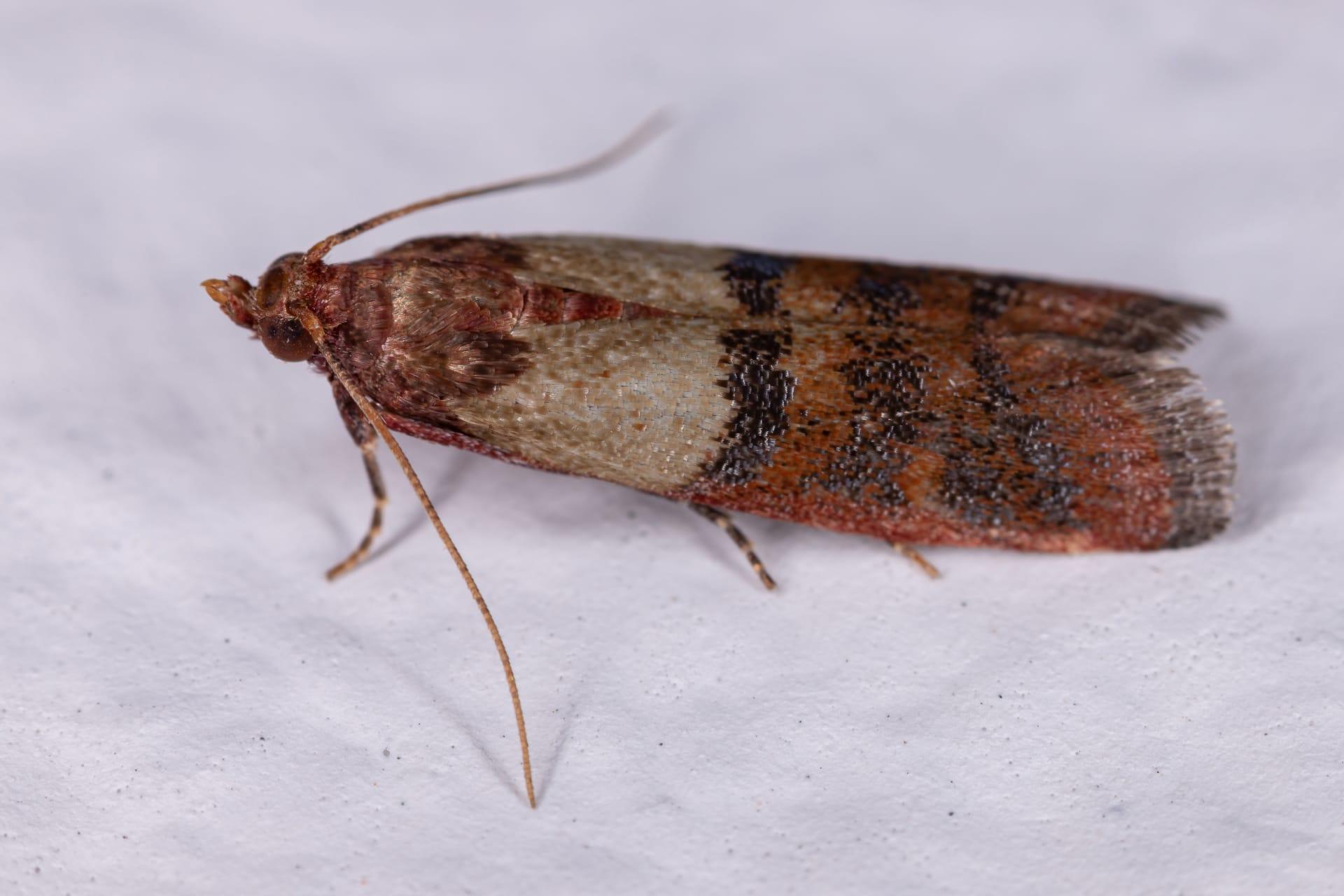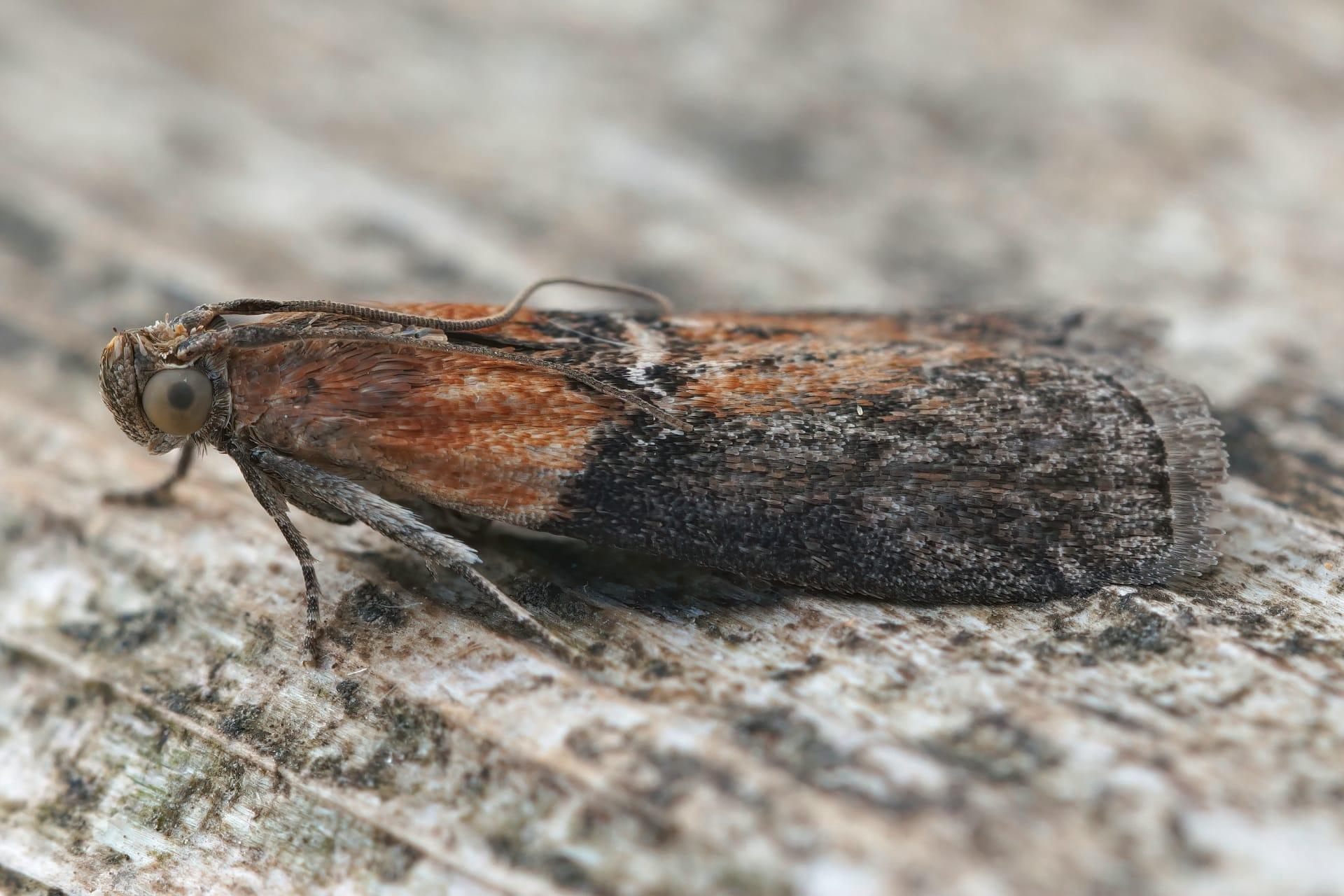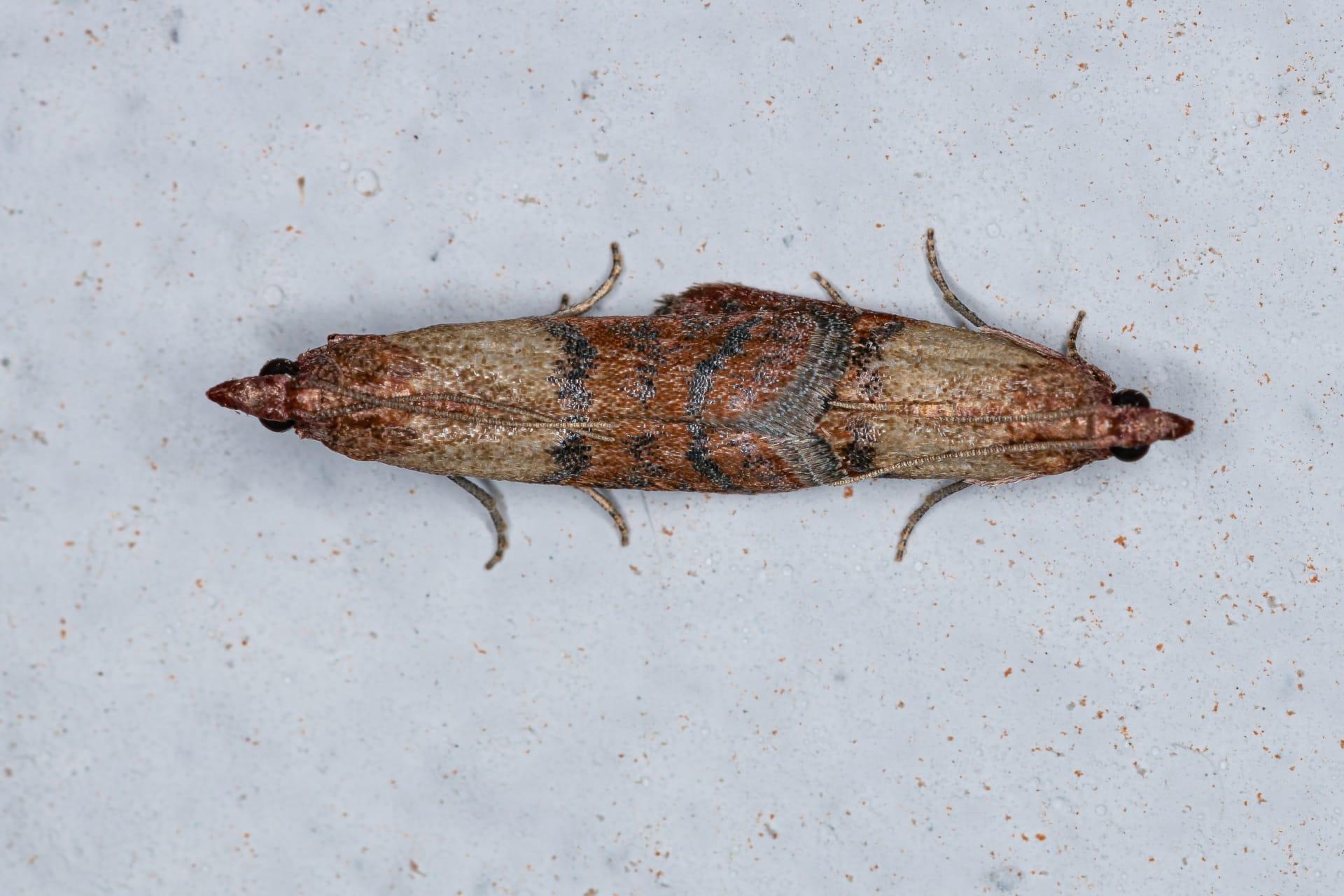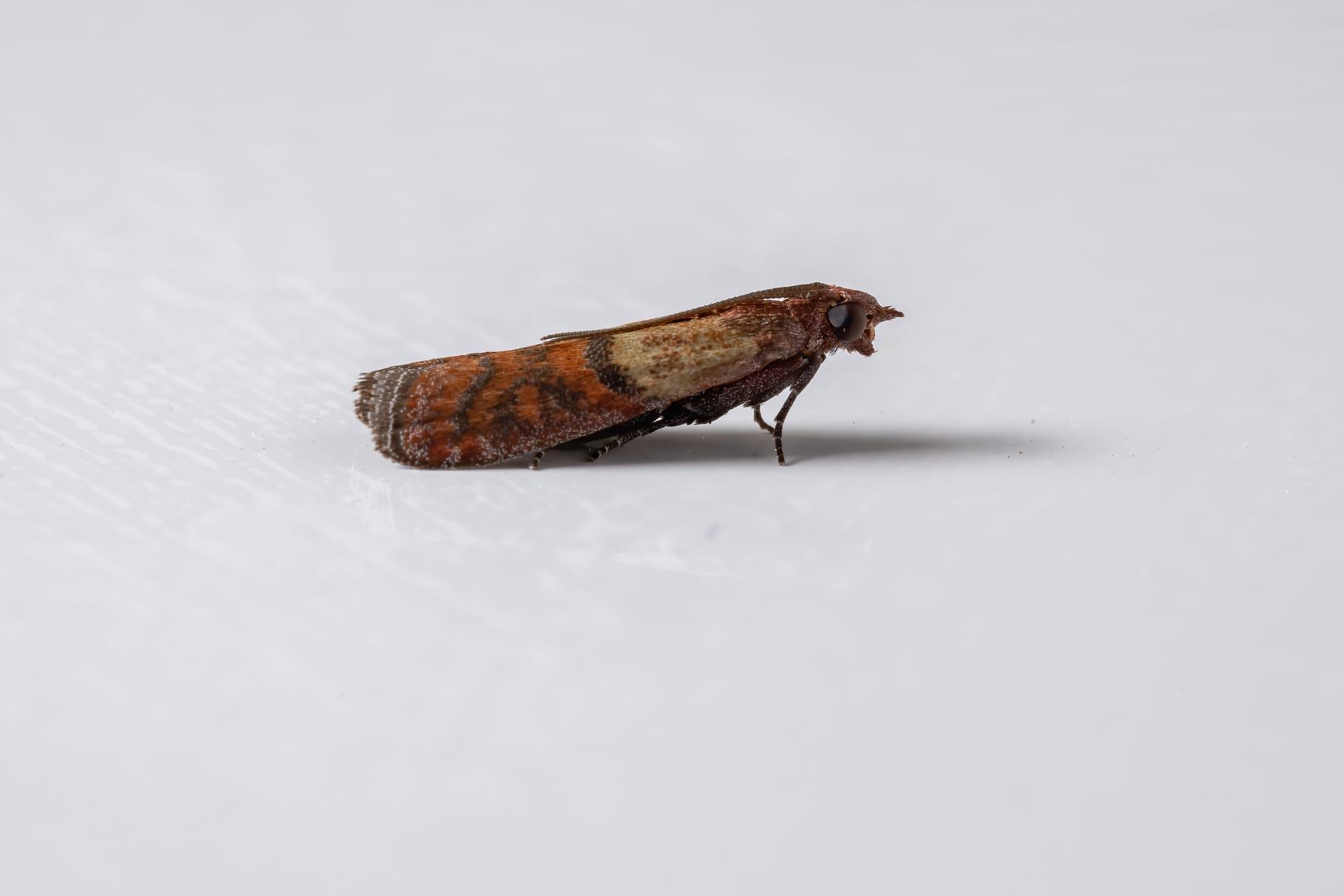Indianmeal Moth
- Home /
- Mini Encyclopedia /
- Animal /
- Indianmeal Moth
1
The Indianmeal Moth, scientifically known as Plodia interpunctella, is a fascinating species classified within the family Pyralidae. This family is renowned for its diverse range of moths, and the Indianmeal Moth stands out as a common pantry pest. It's characterized by its unique wing coloration: the forewings are a blend of grey and reddish-brown, while the hindwings are primarily a pale grey or white. Adult moths typically measure about 8 to 10 millimeters in length, with a wingspan ranging from 16 to 20 millimeters.
Regarding its distribution, the Indianmeal Moth is a true cosmopolitan traveler. Originally thought to be native to Europe, it has since spread across the globe, including North America, Australia, Africa, and Asia. This widespread distribution is primarily due to global trade, especially in grain and dried food products. The moth thrives in a variety of environments, especially those where dry goods like cereals, nuts, dried fruits, and grains are stored. It's commonly found in grocery stores, food processing facilities, and, unfortunately, our pantries.

2
Question: Is it true that Indianmeal Moths can eat through plastic to infest food products?
Answer: This is a common misconception. Indianmeal Moths themselves cannot chew through plastic. However, the larvae are capable of penetrating thin, unsealed plastic bags or poorly sealed packages to access food. Once inside, they can infest and contaminate food products. Their ability to infiltrate various packaging is more about exploiting weaknesses in the seal rather than chewing through the material. It's important to store dry goods in sturdy, airtight containers to prevent such infestations.

3
The Indianmeal Moth has developed remarkable survival strategies to thrive in various environments. One key strategy is its reproductive cycle. Female moths can lay between 100 to 300 eggs, which they often deposit directly on food sources. This ensures that the emerging larvae have immediate access to nourishment. These larvae are particularly adaptable, able to feed on a wide range of dry food products. Their ability to consume different foods is a significant factor in their widespread distribution and success in various habitats.
Another survival tactic of the Indianmeal Moth is its ability to enter diapause, a form of hibernation. This allows the larvae to survive unfavorable conditions, like extreme temperatures or lack of food. During diapause, their metabolic rate slows down significantly, enabling them to conserve energy until conditions improve. This adaptive trait is crucial for surviving in varying climates and contributes to their resilience as a species.

4
In the ecosystem, the Indianmeal Moth plays a dual role as both a pest and a part of the food web. As a pest, it impacts human food supplies, especially stored grains and dried goods. Their infestations can lead to significant economic losses in agriculture and food industries. Moreover, their presence in stored food can lead to health concerns due to contamination with their waste and webbing.
On the other hand, Indianmeal Moths also contribute to the ecosystem as prey. Various insects, spiders, and even birds feed on these moths, particularly in their larval stage. Thus, they become a part of the complex food web, supporting the diets of several predators. Their role in the food chain highlights the interconnectedness of species, even those considered pests by humans.

5
Film: "Winged Invaders: The Indianmeal Moth Story" is a documentary produced in the United States in 2020. This film delves into the life cycle, behavior, and impact of the Indianmeal Moth on global food supplies. It combines stunning macro-photography with expert interviews, offering insights into both the problems posed by these moths and the methods used to control their populations in various settings, from homes to industrial warehouses.
Book: "The Unseen World of the Indianmeal Moth" authored by Dr. Linda Harrington from the UK, published in 2018, provides an in-depth exploration of this moth's biology, behavior, and interaction with humans. Harrington's book stands out for its comprehensive coverage, from the moth's evolutionary history to modern pest control strategies, making it an invaluable resource for entomologists and pest control professionals.
Book: "Pantry Pests: The Indianmeal Moth and Beyond" by Canadian author Michael Jenkins, released in 2021, offers a broader perspective. It not only covers the Indianmeal Moth but also other common pests found in stored food products. Jenkins combines scientific information with practical advice on prevention and control, making this book a must-read for homeowners and those in the food storage and processing industry.